The Wild Berries of France: A Forager’s Delight
Introduction: A Walk Down Memory Lane with Wild Berries
Today, I decided to take a leisurely walk through the countryside, enjoying the fresh air and the quiet rustling of leaves. As I wandered along a small trail, something caught my eye—a cluster of green, tangled bushes. There were no berries on them yet, but I knew instantly: this was a berry bush! It brought back memories of my time in London, where wild blackberries grew in abundance. My friends and I would often pick them straight from the bushes during our park outings. I even had a little tradition—bringing along a small packet of salt to dip the berries in for an extra burst of flavor. Those carefree moments of simple pleasures came rushing back as I stood before this yet-to-bloom berry bush in France. It made me wonder—what kinds of wild berries grow here, and in which months can they be found?
From the lush forests to the rolling hills of France, a variety of wild berries thrive, waiting to be discovered. Whether you're an adventurous forager or simply a berry enthusiast, here's a guide to some of the wild berries you can find across France.
Types of berries
1. Wild Strawberries (Fraises des bois)
These tiny, aromatic strawberries are a true delicacy in France. They are smaller than cultivated strawberries but pack an intense, sweet flavor. Often found along forest edges and shaded meadows, wild strawberries are a delightful summer treat.
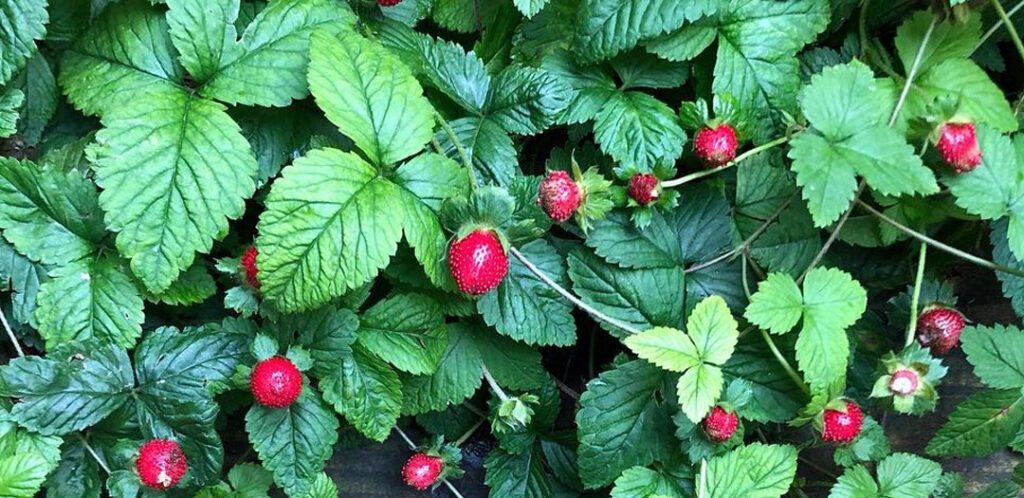 |
| Wild Strawberries (Fraises des bois) |
2. Wild Blackberries (Mûres sauvages)
Just like in London, wild blackberries grow abundantly in France, especially along hedgerows, roadsides, and forest clearings. They ripen in late summer and early autumn, offering juicy, sweet-tart berries perfect for snacking, jams, and desserts.
 |
| Wild Blackberries (Mûres sauvages) |
3. Wild Raspberries (Framboises sauvages)
Wild raspberries can be found in the woodlands and mountainous regions of France. They are slightly smaller and more tart than their cultivated counterparts but equally delicious. Their bright red color makes them easy to spot.
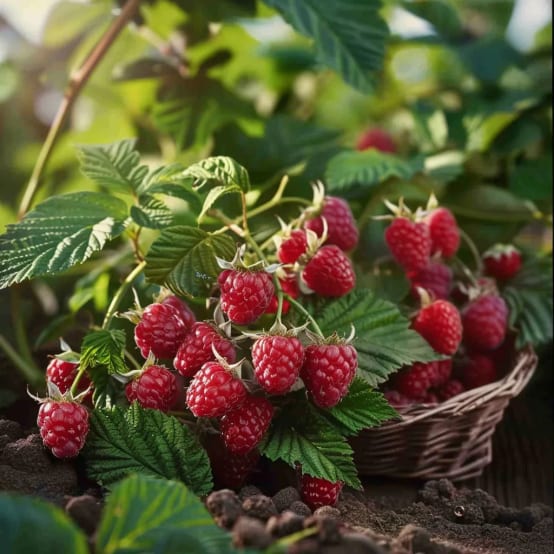 |
| Wild Raspberries (Framboises sauvages) |
4. Bilberries (Myrtilles sauvages)
Bilberries are the European cousins of blueberries and are commonly found in the mountainous regions of France, particularly in the Alps and the Pyrenees. These small, dark blue berries have a strong, tangy flavor and are used in traditional French desserts like tarte aux myrtilles.
-1723124636.jpg) |
| Bilberries (Myrtilles sauvages) |
5. Lingonberries (Airelles rouges)
Though not as common, lingonberries can be found in the cooler regions of France. These bright red berries are tart and slightly bitter, often used in jams and sauces.
 |
| Lingonberries (Airelles rouges) |
6. Elderberries (Baies de sureau)
Elderberries grow in clusters on elder trees, commonly found along riverbanks and woodland edges. While the raw berries are slightly toxic, they become safe and delicious when cooked, making them a popular ingredient in syrups, jams, and wines.
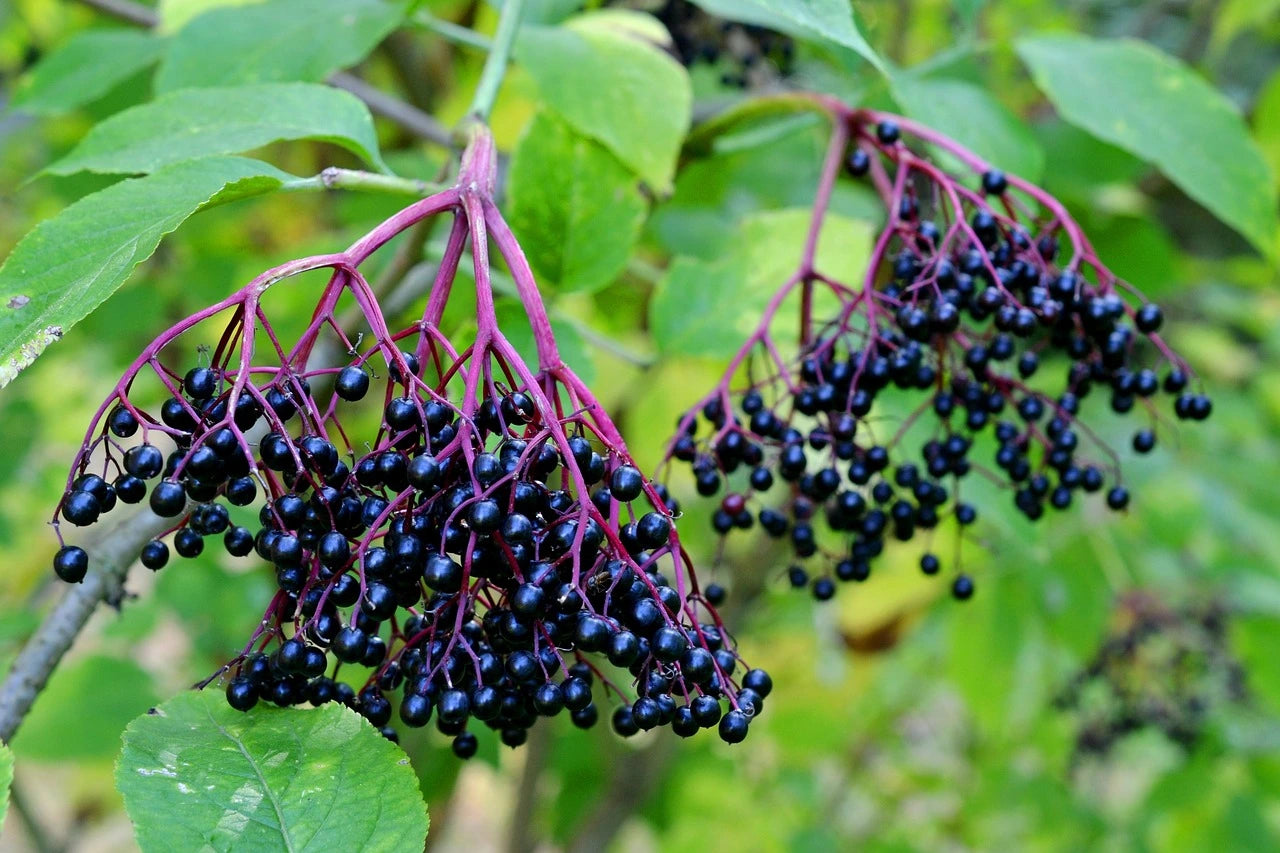 |
| Elderberries (Baies de sureau) |
7. Rowan Berries (Baies de sorbier)
Rowan berries are small, bright red-orange fruits that grow on rowan trees in mountainous areas. Though very bitter when raw, they are often cooked into jellies or used in liqueurs.
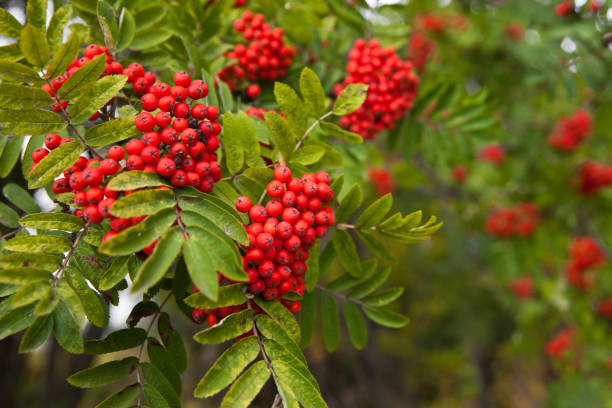 |
| Rowan Berries (Baies de sorbier) |
8. Sea Buckthorn Berries (Baies d’argousier)
Thriving along the coasts of France, sea buckthorn berries are bright orange and packed with vitamin C. They have a tart, citrusy taste and are commonly made into juice or preserves.
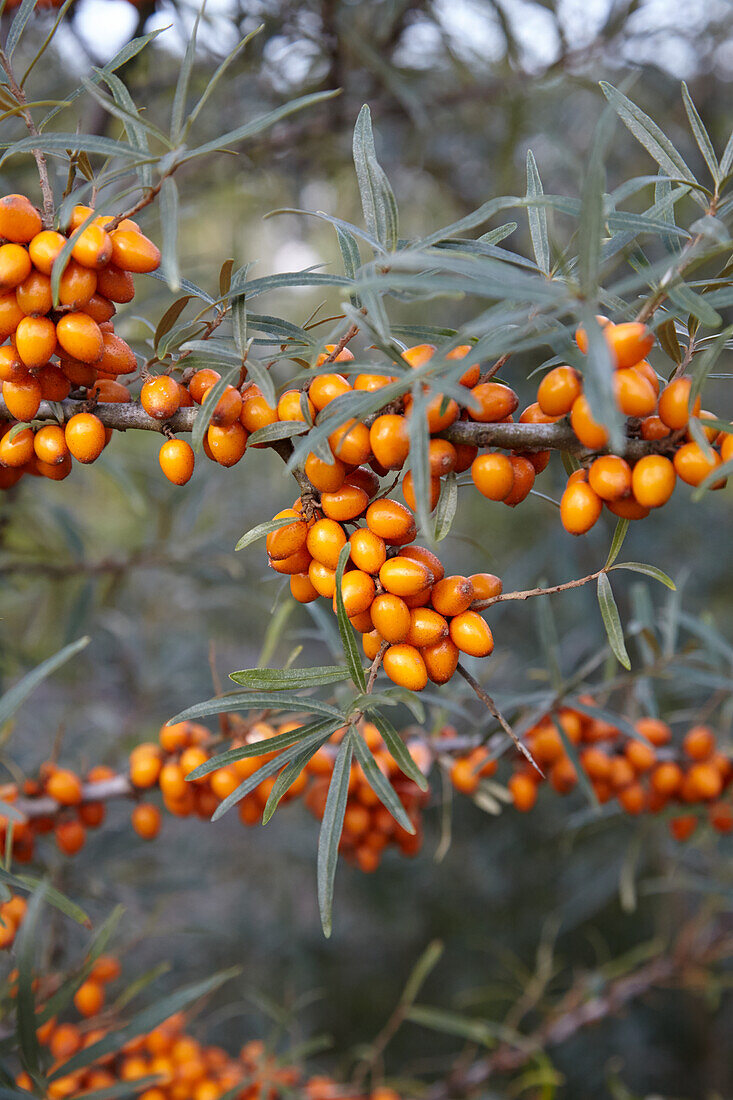 |
| Sea Buckthorn Berries (Baies d’argousier) |
9. Bearberries (Busserole)
These low-growing berries are found in mountainous regions. While not as commonly consumed, they are sometimes used in herbal medicine and teas.
 |
| Bearberries (Busserole) |
10. Hawthorn Berries (Baies d’aubépine)
These small red berries grow on hawthorn trees and are often used in herbal remedies. While slightly mealy in texture, they can be made into jams and jellies.
 | ||
Hawthorn Berries (Baies d’aubépine)
|
A Forager’s Guide: Tips and Cautions
- Know your berries: Some wild berries look similar to toxic varieties, so proper identification is crucial.
- Pick responsibly: Only take what you need and leave some for wildlife.
- Wash before eating: Even in nature, berries can carry dirt, insects, or contaminants.
- Enjoy the season: Most wild berries ripen between late spring and early autumn, so plan your foraging trips accordingly.
Conclusion: A Taste of Nature’s Bounty
Discovering wild berries in France is a rewarding experience that connects us to nature and the traditions of foraging. Whether it’s the sweetness of wild strawberries or the tartness of sloes, each berry offers a unique taste of the French landscape. So next time you take a walk in the countryside, keep an eye out—you never know what delicious treasures you might find!



